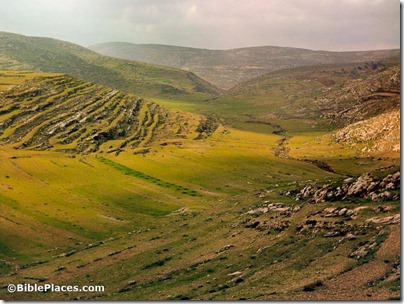The stories this week are about as random as I can remember, making it challenging to figure out a logical sequence. We’ll start with Jerusalem, and we’ll end with a photo that was popular this week on our Facebook/Twitter/Instagram stream.
Journalists were given a tour of the newly reopened Roman square underneath the Damascus Gate of Jerusalem.
With the water level up nearly 6 feet in the last month, Israeli authorities may have to open the dam of the Sea of Galilee for the first time since 1992. (There’s a beautiful sunrise photo at the end of this article.)
Nof Ginnosar and the Sea of Galilee are the focus of the latest in the “Life Lessons from Israel” video series.
“Russian Archaeology in the Holy Land,” by Yana Tchekhanovets and Leonid Belyaev, is the lead article in the latest issue of ANE Today.
Biblical Byways is offering a low-budget study tour of Israel for Spanish speakers in September.
A replica of a 2,600-year-old Phoenician ship finished its five-month transatlantic voyage last week when it arrived in Miami.
Archaeologists have recovered 1,400 cuneiform tablets from the lost Sumerian city of Irisagrig, but they don’t know where that ancient city was located.
The traditional tomb of Ezekiel (in Iraq, not the one in Iran) is again becoming a place of pilgrimage.
Saudi Arabia plans to create the world’s largest living museum in Al Ula by 2035.
For more than a decade now, “Athens-based photographer and animator Dimitris Tsalkanis has cultivated a sort of unusual hobby: recreating ancient Athens via 3D modeling software.”
An archaeologist in Spain is on trial for forging a third-century depiction of Jesus’s crucifixion.
Salman Abu Sitta will be lecturing in London on February 28 on the subject of the “1871 Survey of Western Palestine Revisited: The Visible and The Hidden.”
New book: Roman-Period and Byzantine Nazareth and Its Hinterland, by Ken Dark
Cynthia Shafer-Elliott talks about her recent book Food in Ancient Judah on the OnScript podcast.
Ferrell Jenkins shares photos of the atad tree, the worthless bramble mentioned in Jotham’s parable in Judges 9.
The archaeological biography on King Ahaz features an altar, a seal, and a toilet.
The Global Smyrna Meeting on the Seven Churches of Revelation offers lectures and sites visits given a whole host of popular teachers, including Mark Wilson, Ben Witherington, Mark Fairchild, Carl Rasmussen, and Dana Harris.
HT: Agade, Joseph Lauer
This beautiful valley is located in the tribal inheritance of Ephraim, not far from Shiloh. Photo taken in 1966 by David Bivin.
